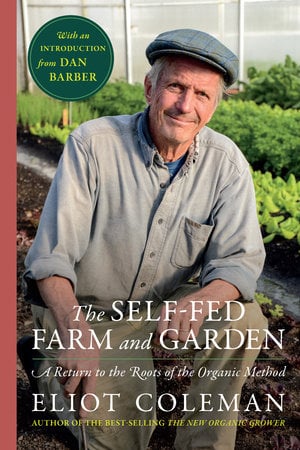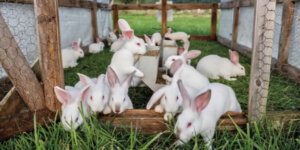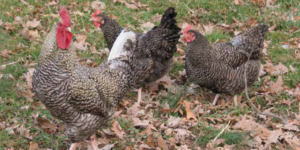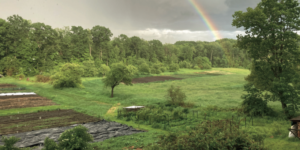Turn Fallen Leaves into Gardener’s Gold
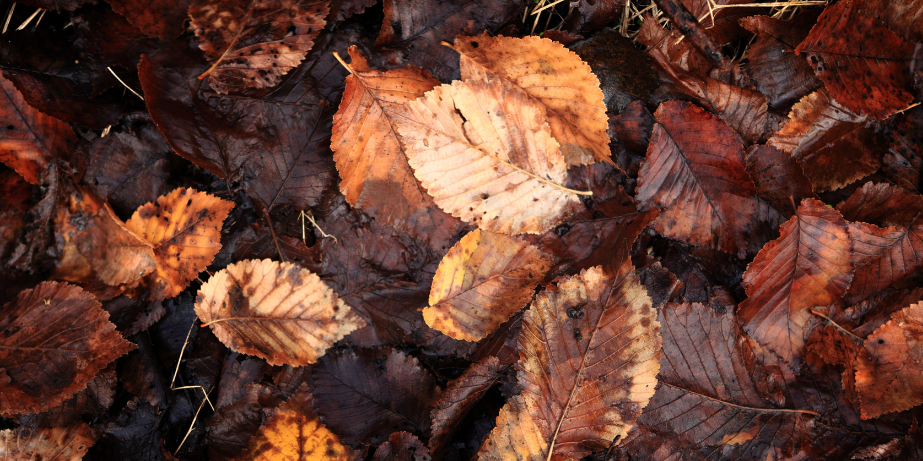
Mulch is essential to soil health. It acts as a barrier against water loss and heat, reduces weeds and improves soil structure. Once you’ve found the right method for your garden or homestead, mulching is an easy way to boost your soil’s health.
Leaf mold, often called garden gold, is a highly nutritious soil amendment that can be used as a mulch to help retain moisture and suppress weeds. Not only is it simple to create, but it also comes at no cost to you.
Read on for a primer on using leaves and leaf mold as mulches.
The following is an excerpt from The Living Soil Handbook by Jesse Frost. It has been adapted for the web.
Unless otherwise noted, all photographs copyright © 2021 by Jesse Frost.
Learning to Work With Nature
If our goal as growers is to emulate Nature, then we cannot ignore the near ubiquity of mulch in natural ecosystems. It’s the leaves on forest floor or the thatch in prairies. And these mulch materials are not there by accident. Nature has a great deal of incentive to keep its soils covered and, as you will see, so do growers.
In forests, pastures, and gardens alike, mulches:
- Help retain moisture by shielding the soil from wind and sunlight
- Distribute that moisture more evenly throughout the soil
- Provide habitat for beneficial organisms, both macro and micro—especially fungi
- Act as fodder for certain microbes called saprophytes that digest these carbonaceous materials and slowly release the mulch’s nutrients in forms that plant roots can absorb
- Armor the soil against the impact of raindrops or footsteps, helping to prevent compaction
- Limit the germination of unwanted seeds
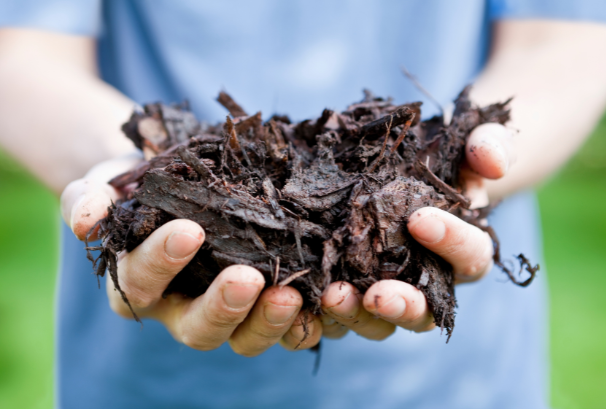 On our farm, covering the soil with mulch has resulted in more positive effects in our gardens than almost any other action we’ve taken.
On our farm, covering the soil with mulch has resulted in more positive effects in our gardens than almost any other action we’ve taken.
Fortunately or unfortunately, there is no lack of affordable discarded mulch material in our society. Leaves are raked from yards every fall. Food waste from cities is diverted from the landfill and turned into compost. In grain-growing areas, straw is cut and baled after the grain harvest. Tree trimmers shred branches pruned along power line right-of-ways and turn them into wood chips. In fact, almost every area generates bulk mulch materials that can be acquired affordably for application on garden beds.
No matter where you live, a little hunting should lead to at least one adequate form of organic cover material that your gardens will appreciate, though likely you will find several.
Leaves and Leaf Mold
The important thing to know about leaves and leaf mold is that if they’re available to you, you should probably use them as mulch (or at least a compost ingredient).
Leaves are loaded with nutrients. Once they make it to the soil, fungi—many of which live on and in the leaves—use an impressive array of enzymes to break down the woody materials that leaves are composed of, releasing the nutrients in a plant-available form. In that way, adding leaves is an excellent way to feed both the plants and soil life without the potential of adding weed seeds from sources such as hay.
If the leaf supply is fresh, it’s generally best to shred them before adding them to the garden. When leaves are applied to a garden bed without first shredding them, they tend to “mat” against the soil, which can limit water penetration and air movement, as well as hinder the emergence of young plants. I witnessed this firsthand one year with garlic: A fairly thin layer of unshredded leaves restricted some of the garlic shoots from coming through. If a shredder is not available, a mower can do that work.
Simply dress the beds with leaves. Allow them to dry slightly and mow overtop with a flail mower (also sometimes called a mulching mower) to shred them in place.
Leaf mold is decomposed leaves; it looks more or less like any other
compost.
In terms of water and air penetration, leaf mold is much easier on the soil than raw leaves and is rich with fungal life. Full of nutrients and minerals, but lower in phosphorus than composted manures, leaf mold can make an excellent surface mulch.
It’s also very useful as an organic matter builder in the early stages of starting a garden when it is turned into the soil with the compost and other amendments.
Recommended Reads
Recent Articles
With some careful planning, a bit of elbow grease, and some insight from gardening expert Eliot Coleman, you’ll enjoy leeks from your garden all year long.
Read MoreNot convinced that a pasture-based rabbit production could amount to a sustainable business enterprise for the beginner to market-scale farmer?
Read MoreConfused by all the poultry breed options? We’ve got you covered! Discover how to pick the perfect breed for your flock.
Read MorePermaculture vs Natural Farming: What’s the Difference? How are they connected, and where do they diverge in philosophy and principle?
Read MoreCIDER LOVERS ALERT! 🍎 Did you know the type of apple used can make or break the flavor? Which apple variety do you think makes the best cider?
Read More

